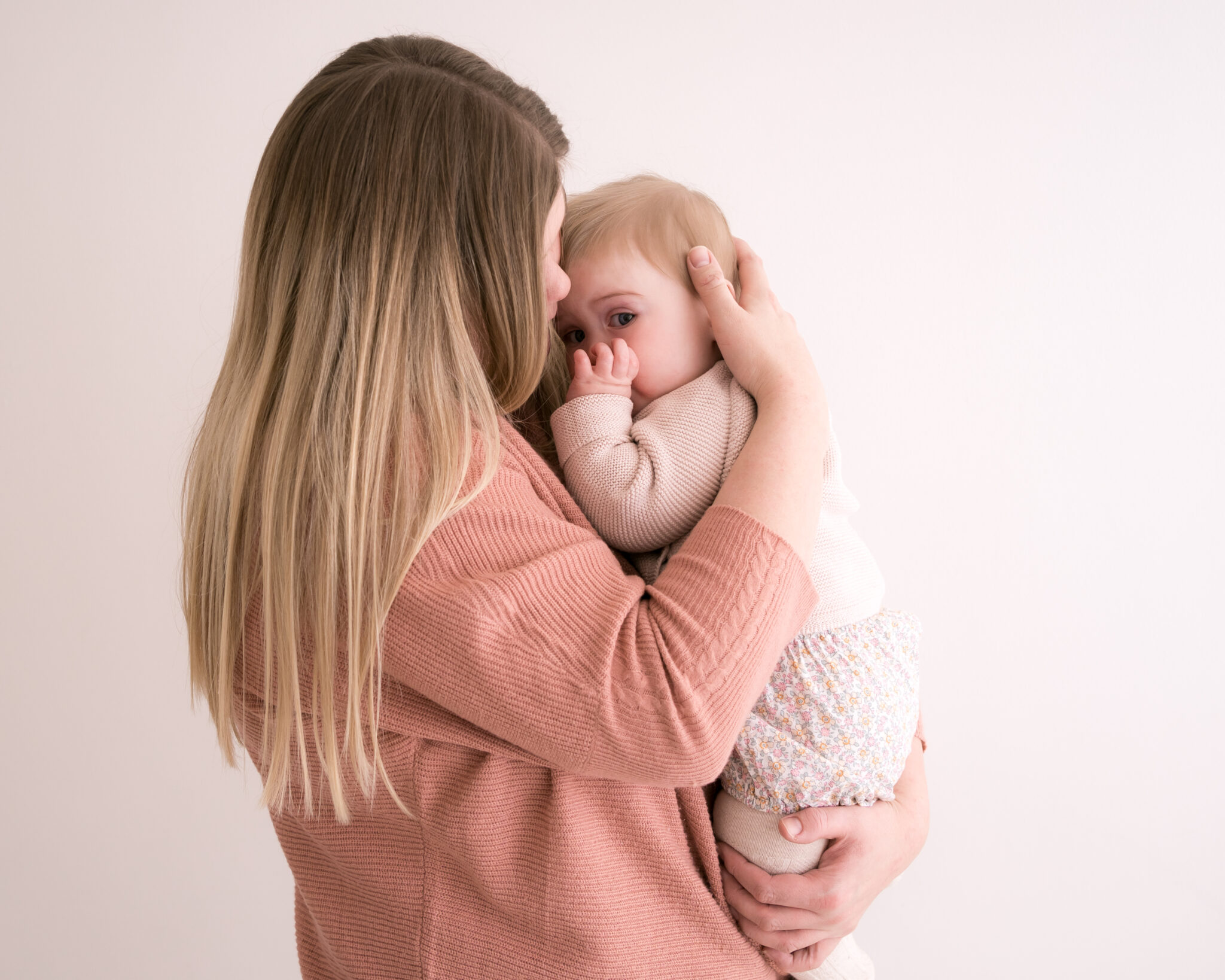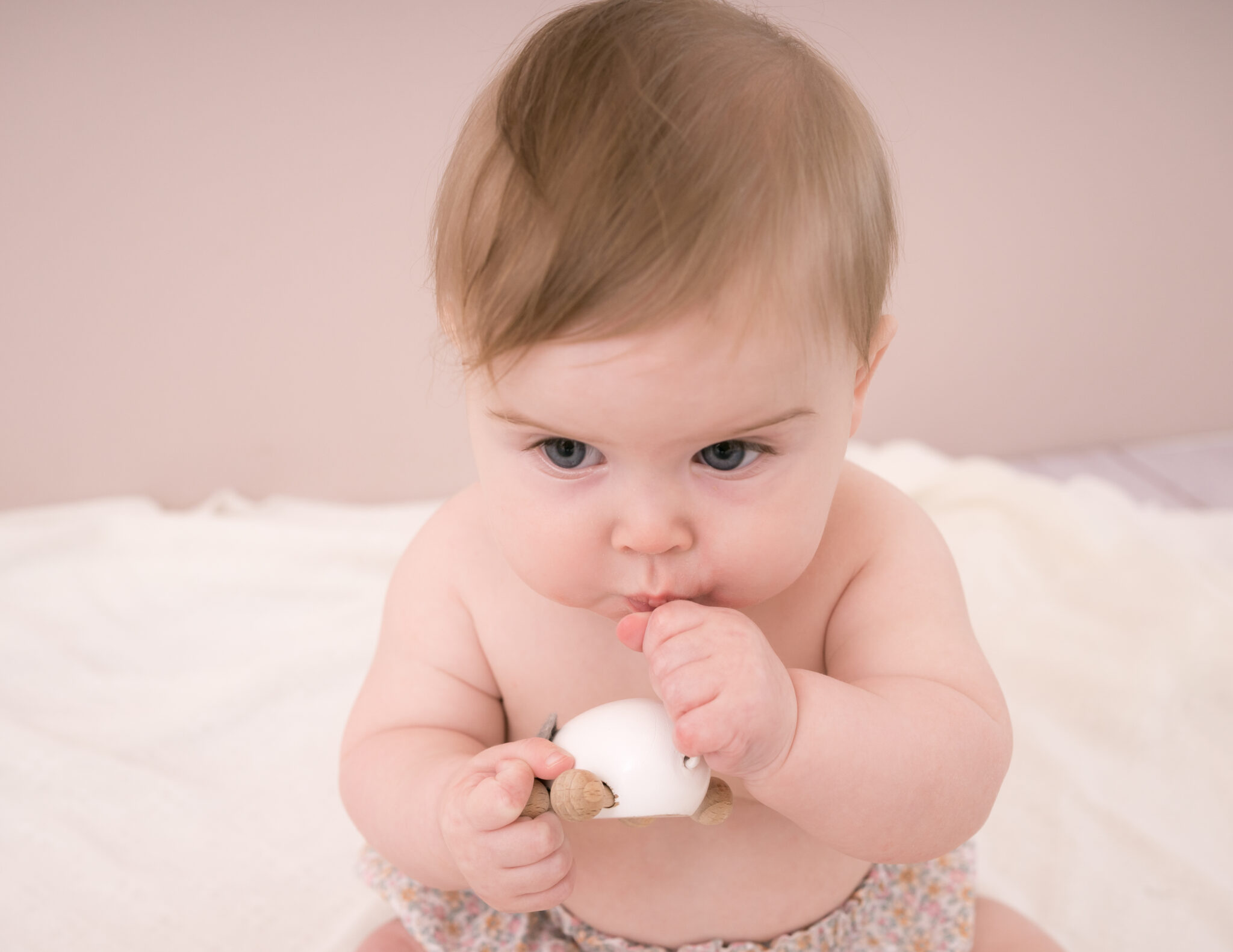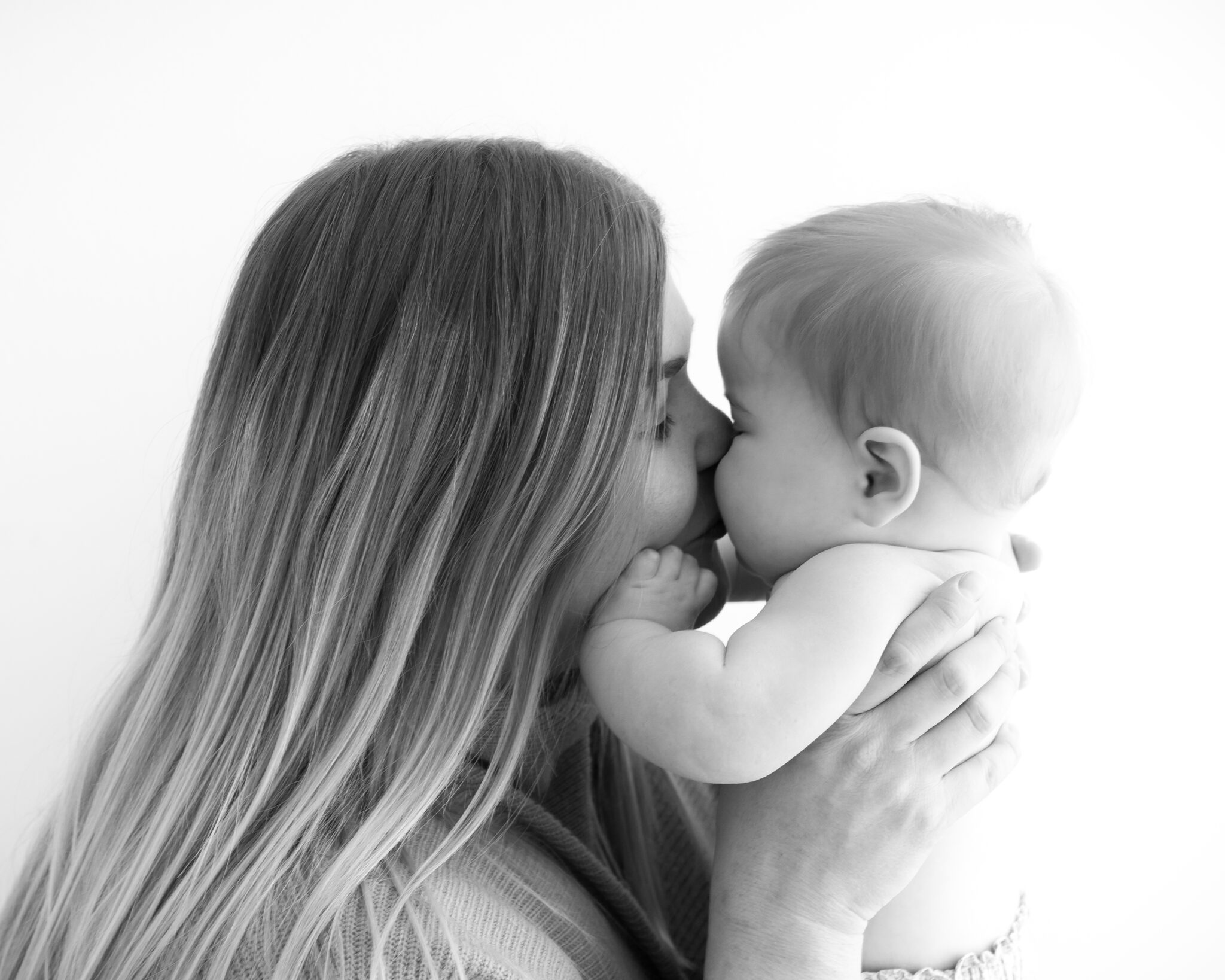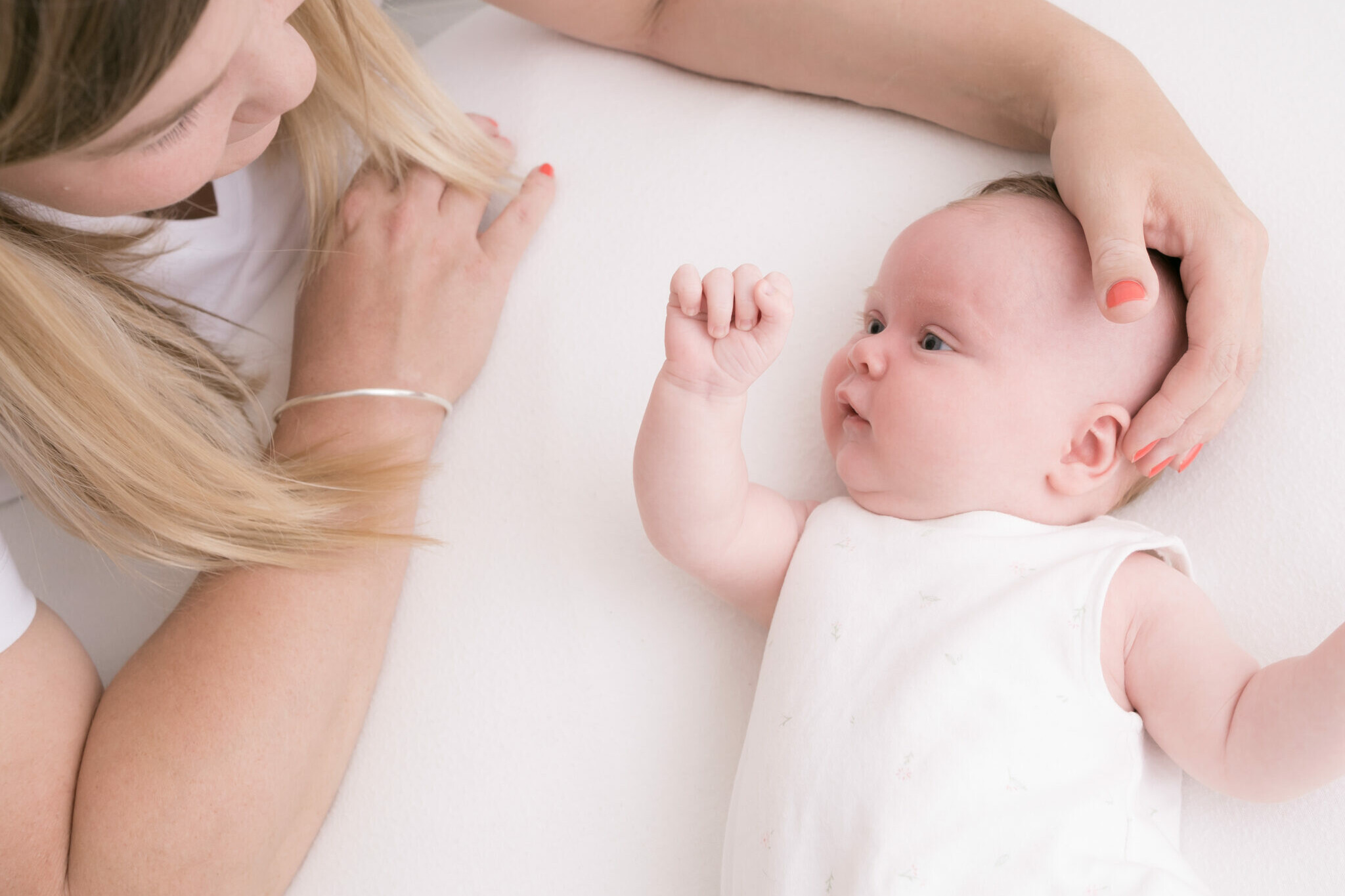Guest blog by Norah's Mummy - part 2
Guest blog by Norah’s Mummy – part 2
I spent a lot of my pregnancy mourning the child I was expecting to have and grieving the situation we were in. Any minute I’d wake up from the nightmare because surely this couldn’t be my actual life. None of it seemed fair and none of it made sense. Because of this I was worried that once she was here those feelings wouldn’t go away and I’d struggle to bond with her. I was really lucky to have loads of support from the Perinatal Mental Health team which started soon after Norahs diagnosis and continued for just over a year which made a huge difference to my feelings around Norahs condition..
That said it’s definitely not been easy and there have been lots of ups and downs. Norah defied all expectations and after months of talks about what NICU would look like and how long she’d need to spend in there, she moved over to transitional care less than 24 hours after birth! I had mentally psyched myself up for how we would navigate being apart from her and suddenly she was being moved into a side room with me to establish feeding. I was overjoyed and terrified! I lost track of how many times I called my buzzer that first night for someone to come and check if she was alright!

Two days after she was born she had a contrast dye ultrasound done of her abdomen to find out more about the malrotation of her stomach and bowel. During this ultrasound they discovered that Norah also didn’t have a visible gallbladder, which was concerning as children with heterotaxy are at an increased risk of Biliary Atresia and a lack of a gallbladder could be an indicator of this. This had been one of our biggest worries during the pregnancy and it felt as if it was all becoming real. We were told that she could be discharged four days after she was born, but that we’d have to come back to the hospital weekly for blood tests to monitor her billarubin levels in consultation with Kings College due to the concern around biliary atresia. The first few weeks of her life were consumed with anxiety around blood test results and each time we thought she was in the clear Kings would ask for another test to check. I would carry her round the house looking at her in different lights to check if she had jaundice and after being told to look out for pale coloured poos (an indicator for liver problems) I developed a whole poo gallery on my phone to show the nurses at the hospital! I naively had thought that there’d be a simple test to check for biliary atresia but the tests and the anxiety went on and on. Finally it was decided that her billarubin levels were consistently normal and she wouldn’t need to come back for any further tests.
At three months old Norah had her first cardiology appointment with a cardiologist from Great Ormond street. We are really fortunate that he does outpatient appointments at the Norfolk and Norwich so we didn’t have far to travel, something we were very grateful for with a newborn! It was discovered that as well as the heart defects we were already aware of, she also has a small atrial septal defect, but he was unconcerned and the appointment was really positive. Her heart rhythm sounded completely as it should, despite having two left sides and he decided she only needed to be seen once a year as things were.
During this appointment we also discovered that Norah has two left lungs which we hadn’t expected but apparently is very typical with left atrial isomerism- the ‘type’ of heterotaxy Norah has. It was great to be able to talk to someone with more knowledge of Norahs condition. As wonderful at the NNUH have been their knowledge of managing Norahs condition has been limited and I have had to do a lot of research myself and push for referrals and treatment I believe she needs. During my pregnancy I connected with a really great Facebook group of other parents who have children with heterotaxy and this has been invaluable for finding out how other children are looked after.. Norah has polysplenia which means she has several small spleens which may or may not work. The spleen plays an important part in the immune system and as such Norah is classed as immunocompromised. I had done a lot of research into this after speaking to other parents in the group and questioned whether Norah should be on a daily prophylactic dose of antibiotics, something which her cardiologist confirmed to be correct and was only put into place following this appointment. It has definitely made me question everything and given me the confidence to advocate for what she needs.

So far Norah has managed to avoid any surgery on her stomach and bowel. With the malrotation she will always be at an increased risk of volvulvus which would require emergency surgery and we have to look out for signs of this which would be extreme pain and/or green vomit. It amazes us that she can have so much going on inside her but somehow she’s making it work for her.
I still feel grief over Norahs diagnosis. It is unfair. It’s unfair that children get sick. It’s unfair that this has happened to us. It’s unfair that we have this huge worry and uncertainty hanging over us. And to an extent those feelings will always exist. But we also had the choice to let go of the expectations around what pregnancy, birth and parenthood ‘should’ look like and embrace the only version of our daughter that exists. Her heterotaxy is part of her and she wouldn’t exist without it. We have to try and quiet that mindset and enjoy her, diagnosis and all.

Hannah’s first blog can be read here.
If you’re looking for a Newborn, Maternity, Cake Smash or Family Photographer. Then find out more by clicking the button below.



